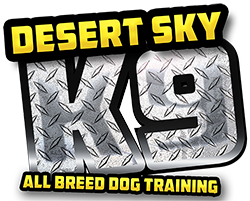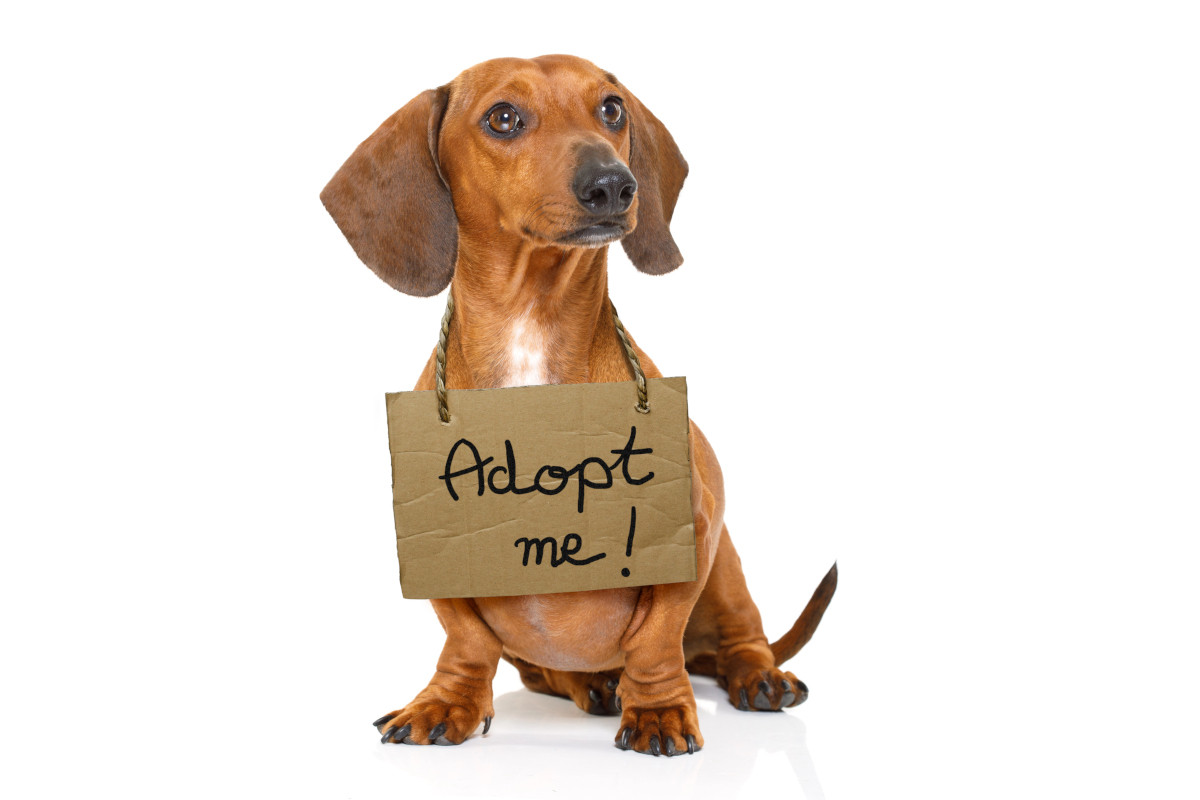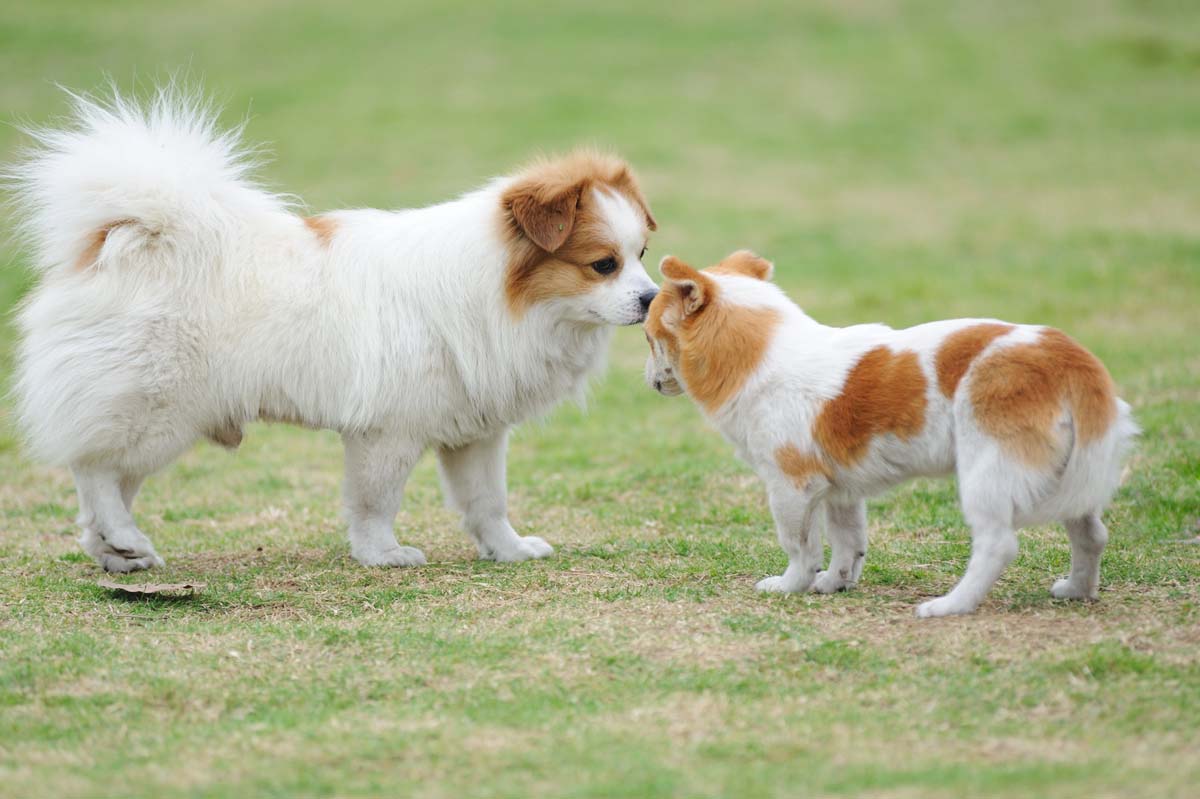Bringing a new puppy into your home is an exciting time, but it also requires a lot of work, especially when it comes to potty training. Potty training can be frustrating and time-consuming, but it is essential to ensure that your puppy grows well-behaved and happy.
Patience, consistency, and the right approach can make the process as smooth as possible. This article will cover all the essential steps, including using a kennel, a feeding schedule, and other tips and tricks for a successful puppy potty training process.
Before You Start: Adopt the Right Mindset
Potty training a puppy is a big commitment, and it’s essential to approach the process positively.
Practice positive reinforcement
It’s important to understand that young puppies are physically incapable of holding their potty for long periods. Therefore, do not get upset, scold, or punish your puppy for accidents. Instead, reward your puppy every time they go potty in the right place. This will help them associate going potty with positive reinforcement and make the process more enjoyable for you and your puppy.

Training Method
When potty training a puppy, there are a few methods to choose from. Some of the most common include crate training, using puppy pads, and taking them out on a leash. How you choose will largely depend on your personal preferences, lifestyle, and the breed of your puppy.
Some people find using puppy pads helpful for transitioning their puppy from indoor to outdoor potty breaks. However, our advice is not to use puppy pads because once you start doing that, you train the dog to go potty inside the house. Instead, we recommend starting with outdoor potty breaks from the get-go.
Do’s of Potty Training a Puppy
Establish a Consistent Potty Training Routine
Develop a potty training schedule: Establish a routine for your puppy’s potty breaks and stick to it. This will help your puppy know when it’s time to go potty and will make the potty training process more manageable.
Puppies need to go out first thing in the morning, after eating or drinking, and before bedtime. You can adjust the schedule to fit their needs as they age and get better at holding their bladder.
Limit Your Puppy’s Space While Potty Training
One of the first steps in stopping a puppy from going potty in the house is to supervise them at all times. Limit your puppy’s space until they are fully potty trained. This means using a crate, puppy pen, or a small, designated area for them to play and sleep in. This helps prevent accidents and makes it easier for you to supervise your puppy and know when they need to go out. If you catch them going potty, interrupt them and immediately take them outside to their designated potty area.
The main principle of crate training is that puppies don’t want to lay and sleep in their urine and feces. So you should start by providing them with a small kennel to stand up, turn around, and lay down comfortably, but not go potty in it.
Most kennels come with a divider that you can use to make the space bigger as your puppy grows. However, if the kennel is too big, your puppy will go potty on one side and sleep on the other, defeating the purpose of crate training.
We advise against using a corral in the kitchen or other room in your house; this large area will defeat the purpose of potty training.
Recognize When Your Puppy Needs to Go Potty
To effectively potty train your puppy, it is essential to understand when they need to go out to relieve themselves. Pay attention to your puppy’s body language and behavior. When they start sniffing, circling, or whining, it’s a good indication that they need a potty break. When you notice these signs, immediately take your puppy outside to the designated potty area.
Go Potty!
The most crucial step in potty training a puppy is giving them plenty of potty breaks. Take them out on a leash to the same spot every time, and give them plenty of time to sniff around and do their business. Then, when they go potty, praise them to reinforce good behavior.
Walk your dog on a leash instead of letting it out in the yard. Doing so helps you better monitor their behavior and know when they need to go potty. This also helps reinforce the bond between you and your puppy, making it easier for you to train and communicate with them.
Prepare for Accidents
Accidents are bound to happen no matter how diligent you are in your potty training efforts. So have plenty of cleaning supplies, clean up accidents thoroughly to remove any odor, and don’t be too hard on yourself or your puppy when they go potty indoors. Instead, clean up the mess and move on, focusing on the positive and reinforcing good behavior.

Don’ts of Potty Training a Puppy:
Don’t Punish or Use Physical Force when Potty Training Your Puppy
Avoid using punishment, such as rubbing a dog’s nose in its urine or feces, as a potty training method. This punishment is ineffective and can damage the trust and bond between you and your dog. In addition, this can cause fear and anxiety in your puppy, making it even more challenging to train them.
Instead, use positive reinforcement techniques like treats, praise, and affection to reward your puppy for going potty in the designated area. This is much more effective and humane in encouraging your dog to develop good potty training habits.
Do Not Ignore or Dismiss Accidents in the House
If you catch your puppy going potty, quickly and calmly interrupt them and take them outside to the designated potty area.
Do Not Let Your Puppy Roam Free
Letting your puppy roam free in your home while you are house-training them can lead to more accidents and make it more challenging to establish a consistent potty routine.
Don’t Let Your Puppy Train You
It’s never a good idea to take the dog out of the kennel while they are crying or whining for no reason. Doing so reinforces the behavior and trains the puppy to cry whenever wanting to get out of the kennel.
As long as your puppy has water, a comfortable place to rest, and doesn’t need to go potty, let them cry it out. This helps them learn that crying won’t lead to getting out of the kennel and reuniting with their pack (the owner). Doing so, you will be helping them understand that they need to remain quiet in their kennel until it is time for them to go out.
Never Use a Crate as a Form of Punishment
The kennel should never be used as a form of punishment. Dogs are den animals and will want to go to their kennel once they get used to it. Instead, reward them with a small treat when they enter their kennel.
Don’t Under or Over Hydrate while in Their Crate
It’s important always to provide your puppy with fresh water in their kennel. Do not use a rabbit or gerbil water bottle with a nozzle that requires licking, as this can lead to dehydration. Similarly, don’t place a water bowl on the kennel floor, as your puppy might use it as a bath.
Don’t Leave Solid Food in the Kennel
When it comes to feeding, never leave solid food in the kennel for your puppy. This can cause them to need to eliminate quickly after eating.
Don’t Leave the Kennel Near the Doggie Door
This can be unsafe due to birds of prey and the risk of theft.
Don’t Underestimate the Importance of Potty Training
The consequences of not potty training your puppy can be severe. If your puppy continues to go potty in the house, the smell of its urine will linger. Even after professionally cleaning a carpet, your puppy will return to the same spot even as they grow into a dog.
Extra Words of Caution
If an older, previously trained dog starts to pee in the house, there may be underlying health issues. It is essential never to assume that an older dog having accidents in the house is doing so out of misbehavior. Sometimes, it can be due to underlying health issues such as a urinary tract infection (UTI) or even diabetes.
Additionally, spaying or neutering a dog too young can result in physical issues that make it difficult for them to hold their bladder. Therefore, essential to have them evaluated by a veterinarian to rule out any medical causes for their accidents. This will ensure that the proper action is taken to resolve the issue and keep the dog healthy and comfortable.
Why to Use a Crate for Puppies
Some people may think using a kennel is cruel, but letting a puppy roam freely can create dangerous situations, like choking or ingesting something they can’t pass.
At Desert Sky K9 Dog Training, a client was against using a crate, labeling it as a “puppy jail”. However, the dangers of a loose puppy cannot be underestimated. Unfortunately, the client’s first German Shepard puppy had a tragic outcome when it mistakenly bit an electrical cord and died from electrocution. Puppies can also quickly ingest something that is not digestible, leading to costly surgery.
Also, leaving your puppy unattended on a leash is never safe, as they can become strangled. Therefore, keeping your puppy in a secure and monitored environment is essential to ensure its safety.
FAQs About Potty Training
Giving them frequent potty breaks is the key to house train a puppy. This can be achieved through a consistent potty training routine and by limiting their space to prevent accidents.
Potty training a puppy typically takes 4 to 6 months, depending on factors such as the puppy’s age and individual personality and habits. Consistency and patience are keys in the potty training process, and every puppy is different so the timeline may vary.
Yes, an 8-week-old puppy can start the potty training, but patience, consistency, and positive reinforcement will be required. At this young age, puppies have limited bladder control and need frequent potty breaks.
Crate training is not cruel if done correctly. When the crate is the right size for your puppy, includes comfortable bedding, and isn’t used as punishment, it provides a safe and cozy space for your puppy to rest and relax.
The time needed for crate training will vary from puppy to puppy. Still, it is generally recommended to continue crate training until your puppy consistently goes potty outside and can be trusted not to chew or destroy items in the house when left unattended.



